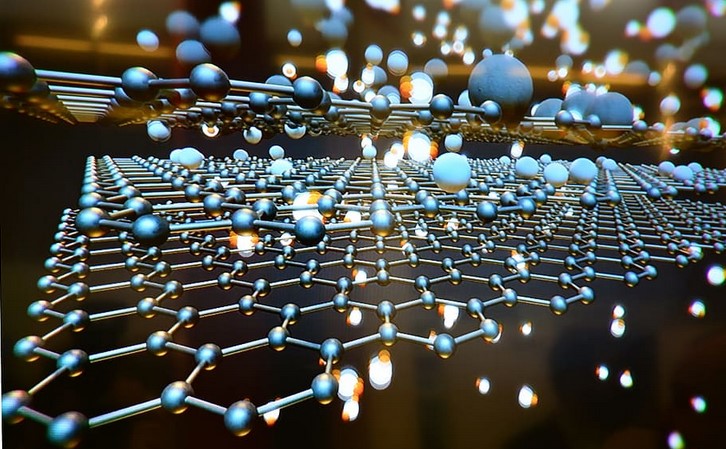A.I. Helps Material Science
Artificial intelligence (AI) is rapidly changing the world, and it is also having a major impact on material science. AI is being used to design new materials with properties that were never before possible, and to create new manufacturing processes that are more efficient and effective.
Designing New Materials
AI is being used to design new materials with properties that were never before possible. For example, AI is being used to design materials that are stronger, lighter, more durable, and more resistant to corrosion. AI is also being used to design materials with new and exotic properties, such as the ability to change shape or color in response to certain stimuli.
- Stronger materials: AI can be used to design materials with a higher strength-to-weight ratio. This means that the materials can be made stronger without becoming heavier. This is important for applications where weight is a major concern, such as in aerospace and automotive engineering. phys.org Stronger materials using AI
- Lighter materials: AI can also be used to design materials that are lighter than traditional materials. This is important for applications where weight is a major concern, such as in transportation and wearable electronics. news.mit.edu Lighter materials using AI
- More durable materials: AI can be used to design materials that are more resistant to wear and tear. This is important for applications where the materials will be subjected to harsh conditions, such as in the oil and gas industry and in manufacturing. www.ans.org More durable materials using AI
- More corrosion-resistant materials: AI can be used to design materials that are more resistant to corrosion. This is important for applications where the materials will be exposed to harsh chemicals or environments, such as in the marine industry and in the chemical industry. engineering.asu.edu More corrosion-resistant materials using AI
- Materials with new and exotic properties: AI can also be used to design materials with new and exotic properties. For example, AI has been used to design materials that can change shape or color in response to certain stimuli. These materials have potential applications in a variety of fields, such as robotics, sensing, and camouflage. news.rpi.edu Materials with new and exotic properties using AI
Creating New Manufacturing Processes
AI is also being used to create new manufacturing processes that are more efficient and effective. For example, AI is being used to develop new ways to synthesize materials, to control the properties of materials during manufacturing, and to automate the manufacturing process.
- New ways to synthesize materials: AI can be used to develop new ways to synthesize materials that are faster, cheaper, and more environmentally friendly. For example, AI has been used to develop new methods for synthesizing graphene, a material that is stronger than steel and conducts electricity better than copper. news.mit.edu New ways to synthesize materials using AI
- New ways to control the properties of materials during manufacturing: The properties of a material can be changed by changing the way that it is manufactured. AI can be used to develop new ways to control the manufacturing process so that the properties of the material can be precisely controlled. For example, AI has been used to develop new ways to control the temperature and pressure during the manufacturing of polymers so that the polymers can be made with precisely the desired properties. pubs.acs.org New ways to control the properties of materials during manufacturing using AI
- Automating the manufacturing process: AI can also be used to automate the manufacturing process. This can lead to increased efficiency and productivity. For example, AI has been used to automate the process of manufacturing solar cells. www.slideteam.net Automating the manufacturing process using AI
Final Thoughts
The future of AI in material science is very promising. AI is expected to play an even greater role in material science in the years to come. AI is expected to help us design new materials with even more exotic and amazing properties, and to create new manufacturing processes that are even more efficient and effective.
AI has the potential to revolutionize material science. By designing new materials and creating new manufacturing processes, AI can help us to solve some of the world’s most pressing problems, such as climate change and energy scarcity.
The future of material science is bright, and AI is a major part of that future.


